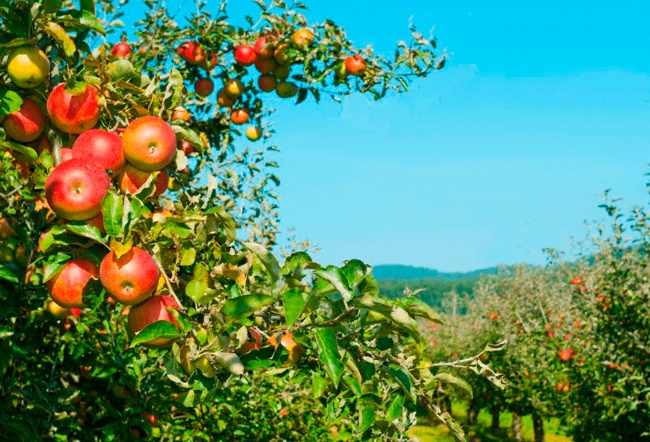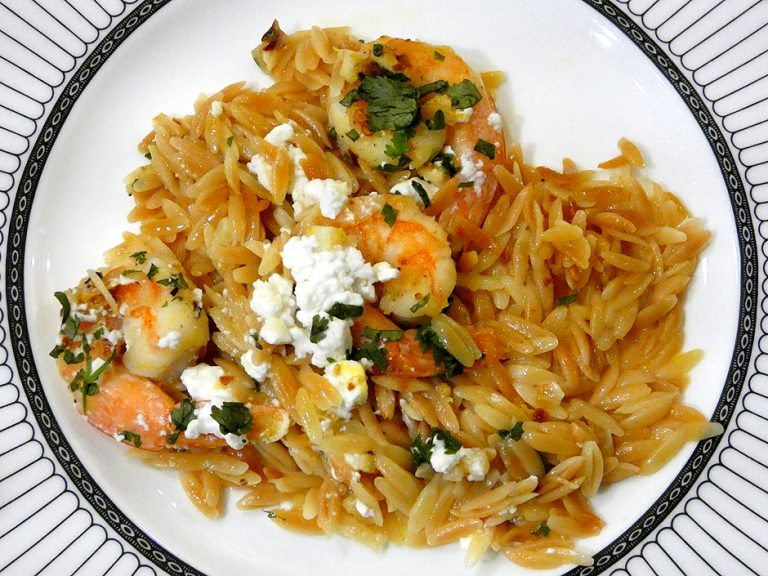Despite its exotic origins, sesame is a seed that is hardly foreign to anyone. Used far and wide in baking, entrees, dips and desserts, sesame’s versatility has earned it a place in numerous cuisines around the world — not just for its rich, nutty flavor, but also for its nutritional and medicinal qualities.
Ancient and enduring, the sesame plant’s ability to tolerate tough conditions permits cultivation around the world, including the Americas. In turn, its multicultural status gives us an endless array of exciting recipes to explore with this simple seed.
A tiny treasure
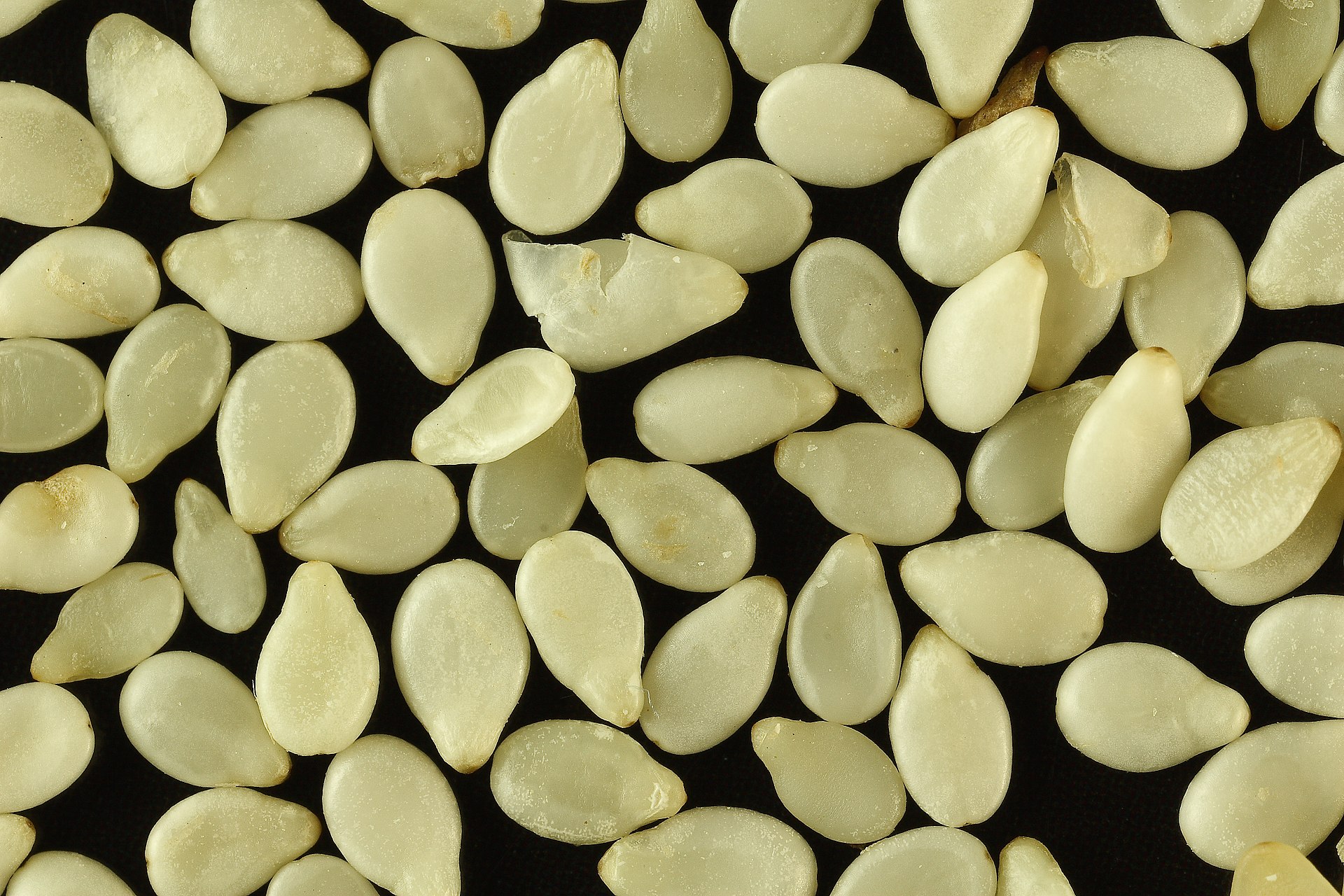
Sesame has one of the highest oil contents among edible seeds, and a large percentage of the seed produced is used for oil — rich in fatty acids and antioxidants. Whole seeds contain additional nutrients including protein, calcium, vitamin B and minerals that make it a wholesome addition to any dish or condiment.
Aside from the common white sesame, different cultivars produce seeds of varying colors — like gold, reddish, brown, grey and black.
Ancient and enduring

Sesame seeds are one of the oldest oil crops in human history. Archaeological findings suggest that sesame was cultivated on the Indian subcontinent at least 5,500 years ago, based on examinations of charred sesame remains dated to around 3,500 BC.
Success
You are now signed up for our newsletter
Success
Check your email to complete sign up
Sesame seeds are mentioned in the Ebers Papyrus, an Egyptian medical scroll dating back to 1,550 BC, which states that sesame is effective in soothing asthma. In addition, cuneiform records from the 8th century BC reveal that sesame was cultivated and used to produce oil in the kingdom of Urartu, a neighbor of Mesopotamia in the Armenian highlands.
Sesame was introduced to China during the Han dynasty (around the 2nd century BC), where it became a staple in cooking and in traditional Chinese medicine (TCM).
There is evidence that sesame seeds were also popular during the Roman Empire in the 1st century BC, where they were consumed along with other nuts and seeds. Over time, as sesame was introduced to other cultures it became a common ingredient in many cuisines.
Today, sesame seeds are mainly produced in Tanzania, India, Sudan and Myanmar, and are imported by numerous countries, including Japan, United States, China and Germany. A growing trend towards healthy eating is one of the main factors behind the increasing demand for sesame seeds.
The sesame plant
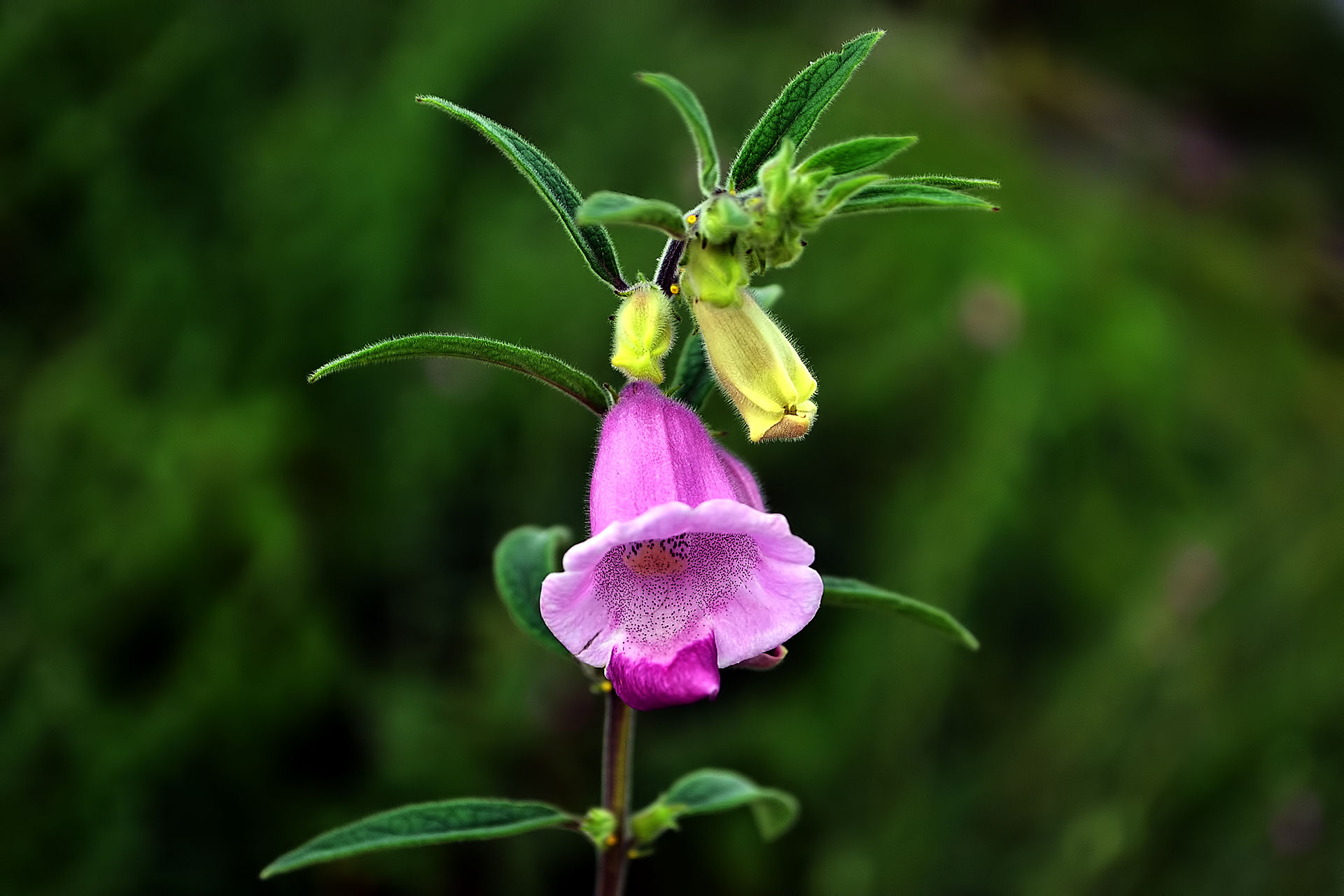
The sesame plant (Sesamum indicum) belongs to the genus Sesamum, a group of annual and perennial herbs native to Africa and Asia that produce edible seeds. As a tropical plant, it is difficult to grow in temperate climates — but not impossible as long as there is a hot summer.
Sesame is classified as a survivor crop because it can grow where other crops would normally fail. It thrives in hot, dry conditions and is tolerant of many soil types, making it the perfect crop for subsistence farmers. Aside from full sun and good drainage, sesame requires little help, although it does best in fertile soils.
After producing blooms that look remarkably similar to the highly-toxic foxglove, sesame seeds form inside an okra-shaped capsule that bursts when the seeds are ripe. This natural splitting phenomenon, called dehiscence, is believed to be the origin of the famous magical command “Open sesame!” used by the fictional hero Ali Baba.
To prevent spoilage, the seeds are allowed to dry as much as possible before harvest. Then they are cleaned, hulled and sorted by color. Seeds that are not uniform are removed and used to produce sesame oil.
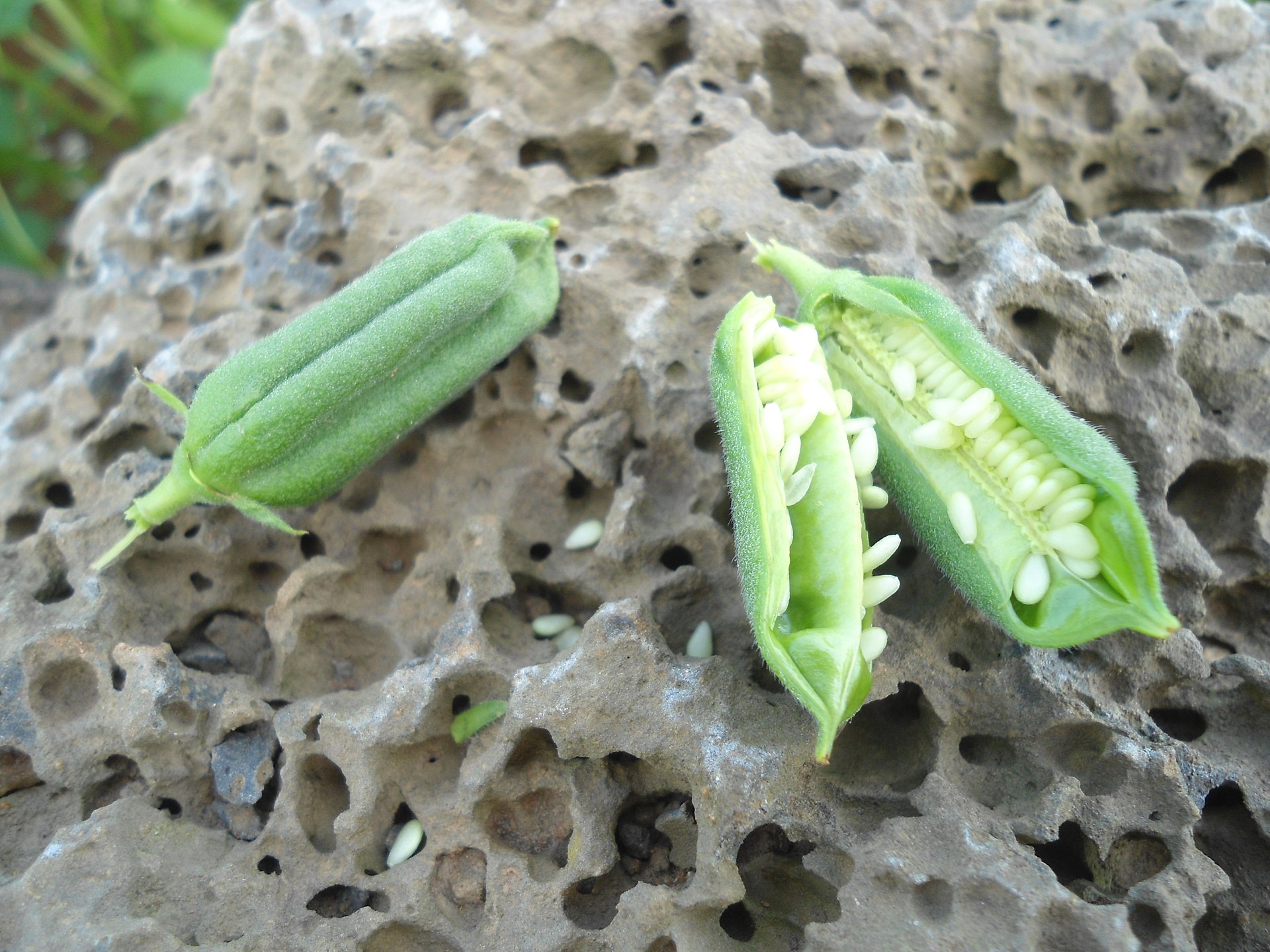
Sesame seeds in traditional Chinese medicine
Sesame seeds, particularly black sesame, are highly regarded in TCM for their effects in treating age-related illnesses and preventing premature greying of hair.
According to TCM, black sesame enters the kidney, the liver and the large intestine, facilitating the movement of vital energy or qi through the meridians.
The ancient Chinese deemed the liver one of the most important internal organs, as it is responsible for storing and regulating blood throughout the body, as well as controlling the flexing and extending of joints and muscles. The kidneys, meanwhile, are in charge of growth, reproduction and maintenance of the metabolic balance of water.
Deficiency in any of these two organs can affect several functions of the body, which may manifest in symptoms such as headaches, dizziness, ringing in the ears, numbness in the limbs and shortage of milk secretion in women.
Thus, when such conditions manifest, TCM prescribes black sesame seeds for their ability to tone up the liver and the kidneys.
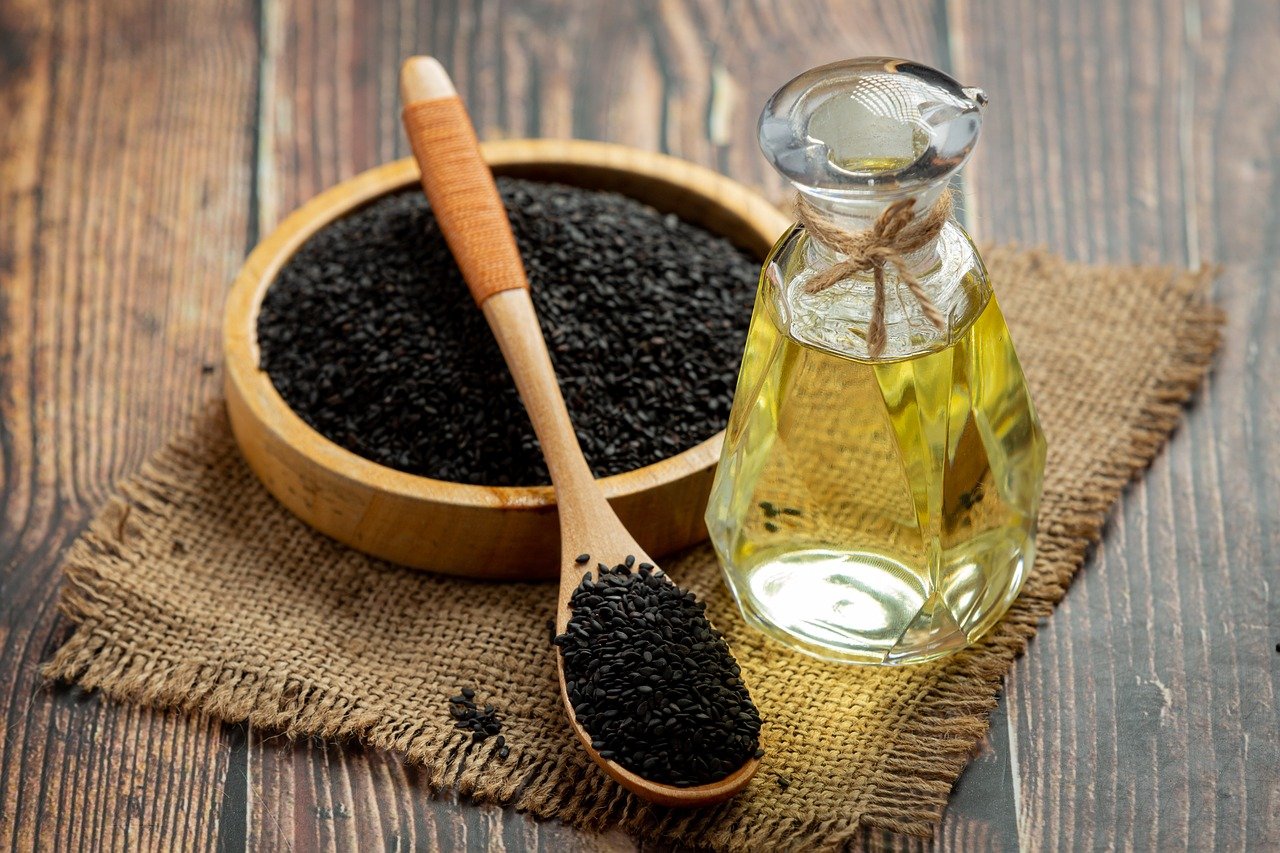
Black sesame also has the effect of regulating bowel movements due to its influence on the large intestine. Classified as a laxative herb, it is used to treat constipation.
In ancient China, black sesame was used to promote beauty and longevity. A good source of calcium and vitamin E, unhulled sesame promotes stronger bones and healthier hair and skin.
Consuming sesame seeds
Incredibly versatile, sesame seeds can be used whole, ground, or turned into a thick paste. To incorporate more sesame into your diet, consider the following recipes:
Tahini (recipe borrowed from Inspired Taste)
Tahini, a natural paste made from sesame seeds, is often used in salad dressings, sauces and dips — including, but not limited to hummus. While tahini’s growing popularity has made it widely available, it is easy to make your own and save a little money.
Yields: about 2/3 cup tahini.
Ingredients:
- 1 cup sesame seeds (Unhulled seeds will yield a smoother texture and flavor, but hulled will provide greater nutrition.)
- 2 tbsp neutral oil (such as avocado, olive, vegetable or grape seed oil)
- Salt to taste
Instructions:
- Toast the sesame seeds in a dry skillet to bring out their nutty flavor. Use medium-low heat and stir constantly until they take on a light golden color.
- In a high-powered blender or food processor, grind the seeds until they turn into a crumbly paste (about 1 minute).
- Add oil and salt, and continue to blend, stopping to scrape the sides and the bottom, until a smooth paste forms. If the consistency is not smooth enough, add oil in small increments and continue to blend until satisfied (2 to 4 minutes).
- Store tahini in an airtight container in the fridge for one month.
Super-simple sesame cookies (Adapted from Dainyu bite recipe)
Flourless and dairy-free, these light and crispy treats are a temptation that can be indulged with a clean conscience.
Yield: 12 medium cookies
Ingredients:
- 1 cup raw sesame seeds
- 2 tbsp brown sugar or date sugar
- 1 egg white
- 1 tsp vanilla extract
- ½ tsp ground ginger (optional)
- Pinch of salt
Instructions:
- Place all ingredients in a small bowl.
- Mix thoroughly.
- Spoon out the mixture on a parchment-lined baking sheet.
- Flatten each dollop with the back of the spoon.
- Bake at 330°F (165°C ) for 15 mins
- Let cool to room temperature, and enjoy!
Chinese black sesame soup (recipe adapted from MyKitchen101en)
Black sesame soup (黑色芝麻湯 Hēisè zhīma tāng) is a popular dish in China. Sweet, smooth, and nutty, it is commonly served after a meal as a dessert, or enjoyed as a nourishing snack.
Yield: 3 servings
Ingredients:
- ½ cup black sesame seeds
- ¼ cup glutinous rice flour plus ¼ cup water
- 2 cups water
- ¼ cup rock sugar
- 1 ½ tsp oil
- ½ tsp salt
Instructions:
- Rinse sesame seeds under running water.
- Toast seeds in a dry frying pan over medium-low heat until they start popping.
- Grind the seeds in a blender or food processor. Slowly add water, just enough for the blender to process into paste (about 2 minutes).
- For a smooth texture, sieve the paste into a cooking pot, using the remaining water to flush the most out of your seeds.
- Add oil, sugar and salt. Cook over medium heat until the soup begins to bubble, stirring regularly to prevent burning.
- Make a slurry with rice flour and water before adding it gradually to the soup. Stir constantly while it thickens to the desired consistency.
- Enjoy hot or warm, optionally garnished with white sesame, or served with glutinous rice balls.
READ ALSO:
- Healing Herbs and Spices of India, Part VI – Chia Seeds
- Crispy, Crunchy, Savory Seed Crackers – Low-carb, Vegan, Gluten-Free Recipe
- Nut Cookies: An Original Recipe for a Low-Carb, Low-Sugar, Full-Flavor Treat
- Traditional Chinese Medicine Recipes for Health–Part I: ‘Minor Heat’
Ila Bonczek contributed to this report.






